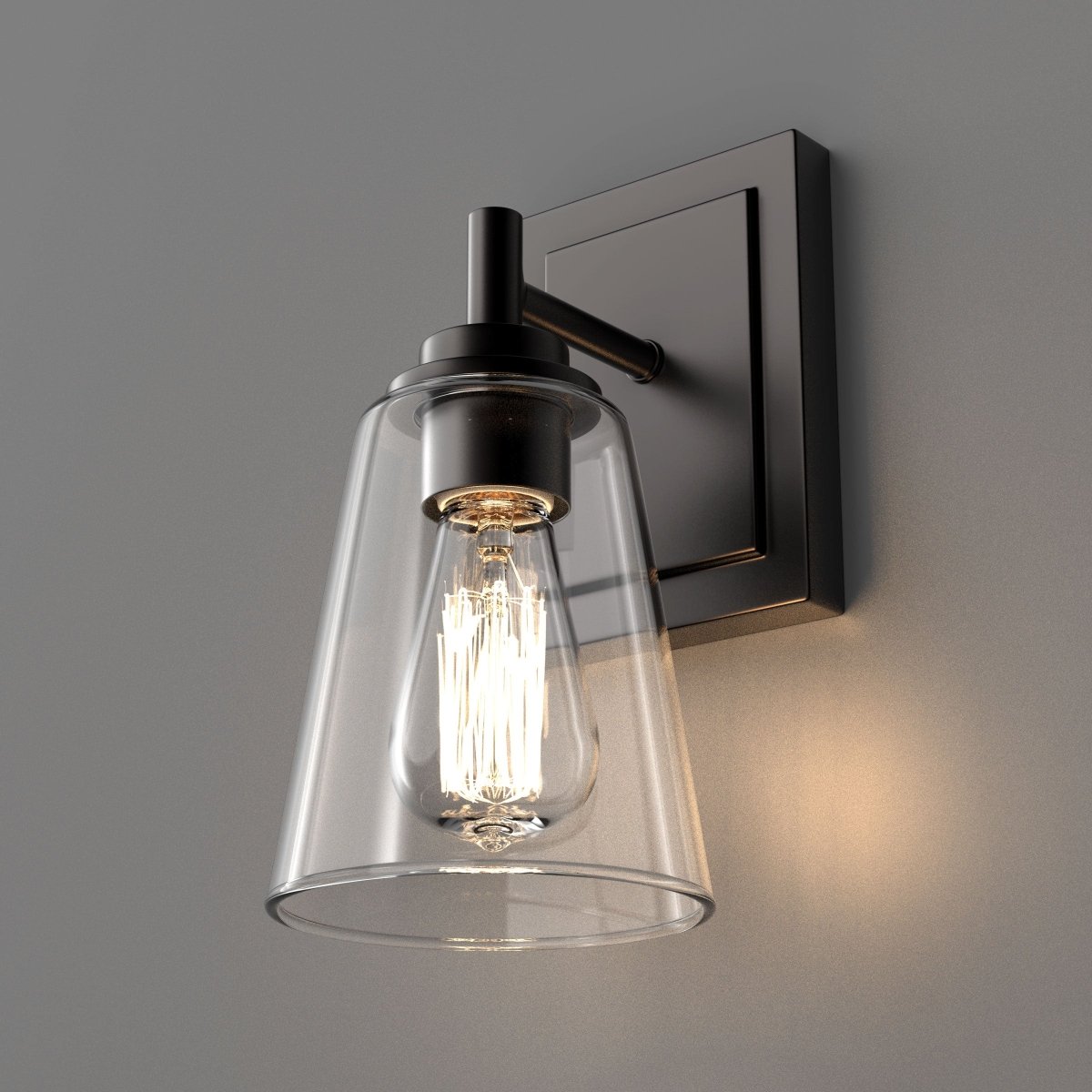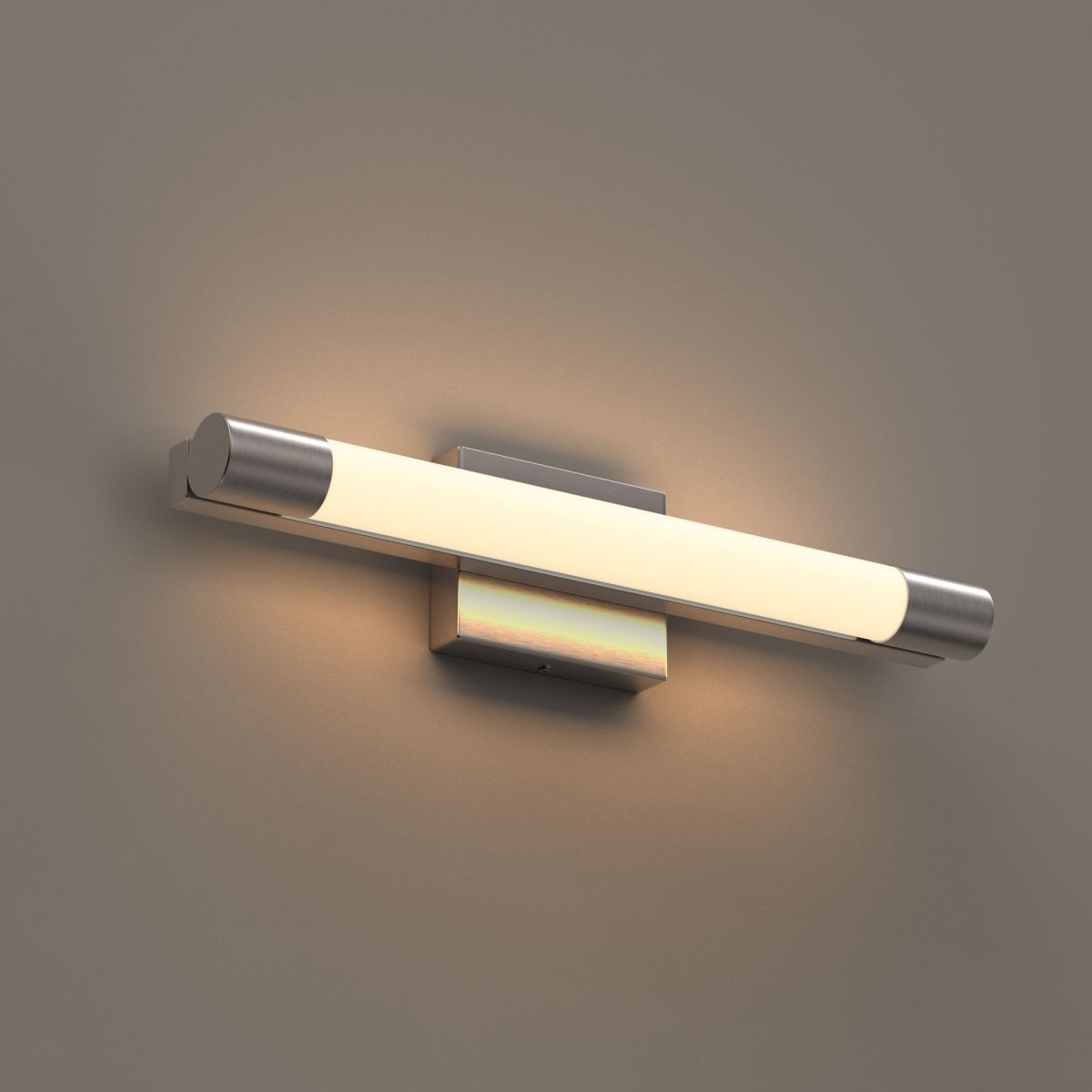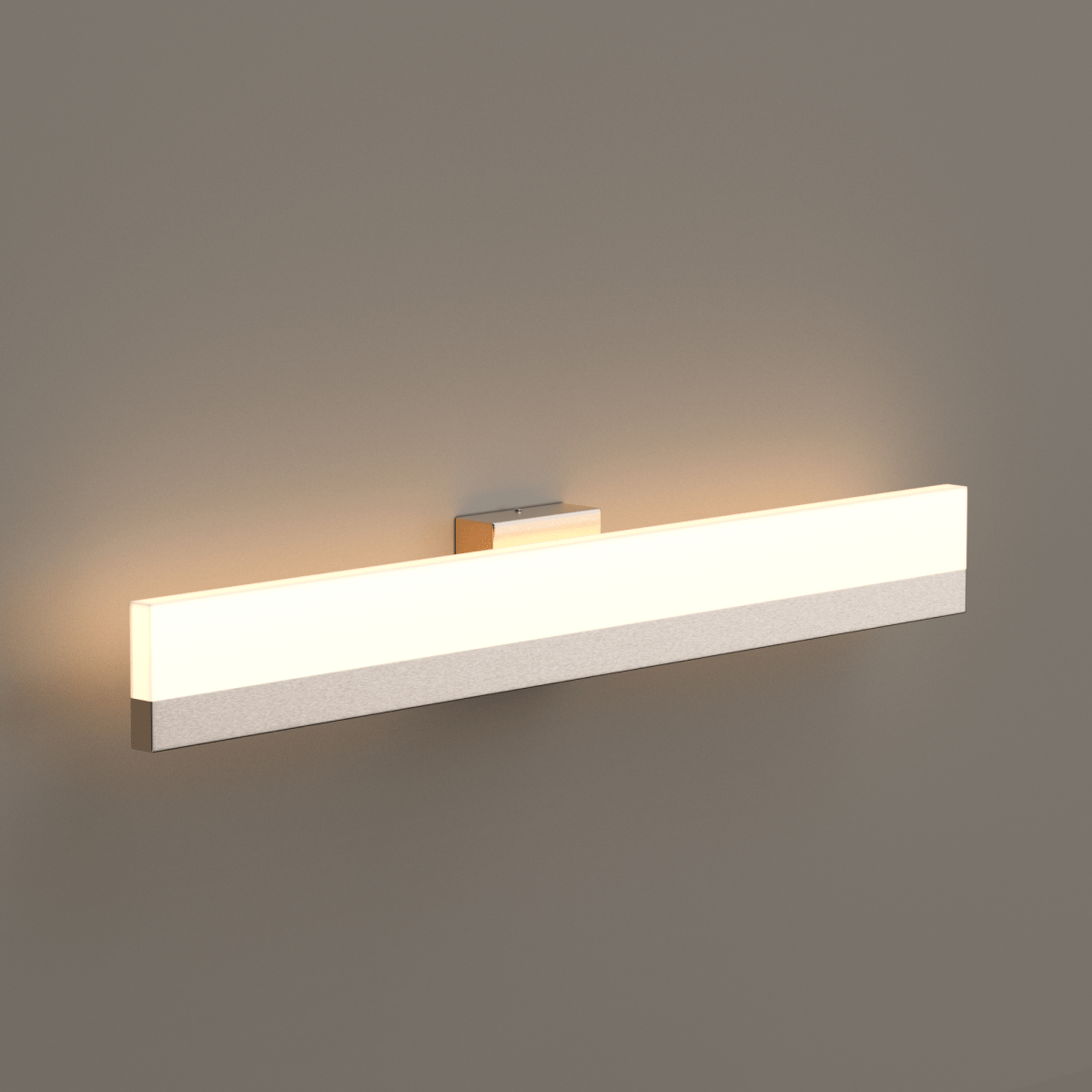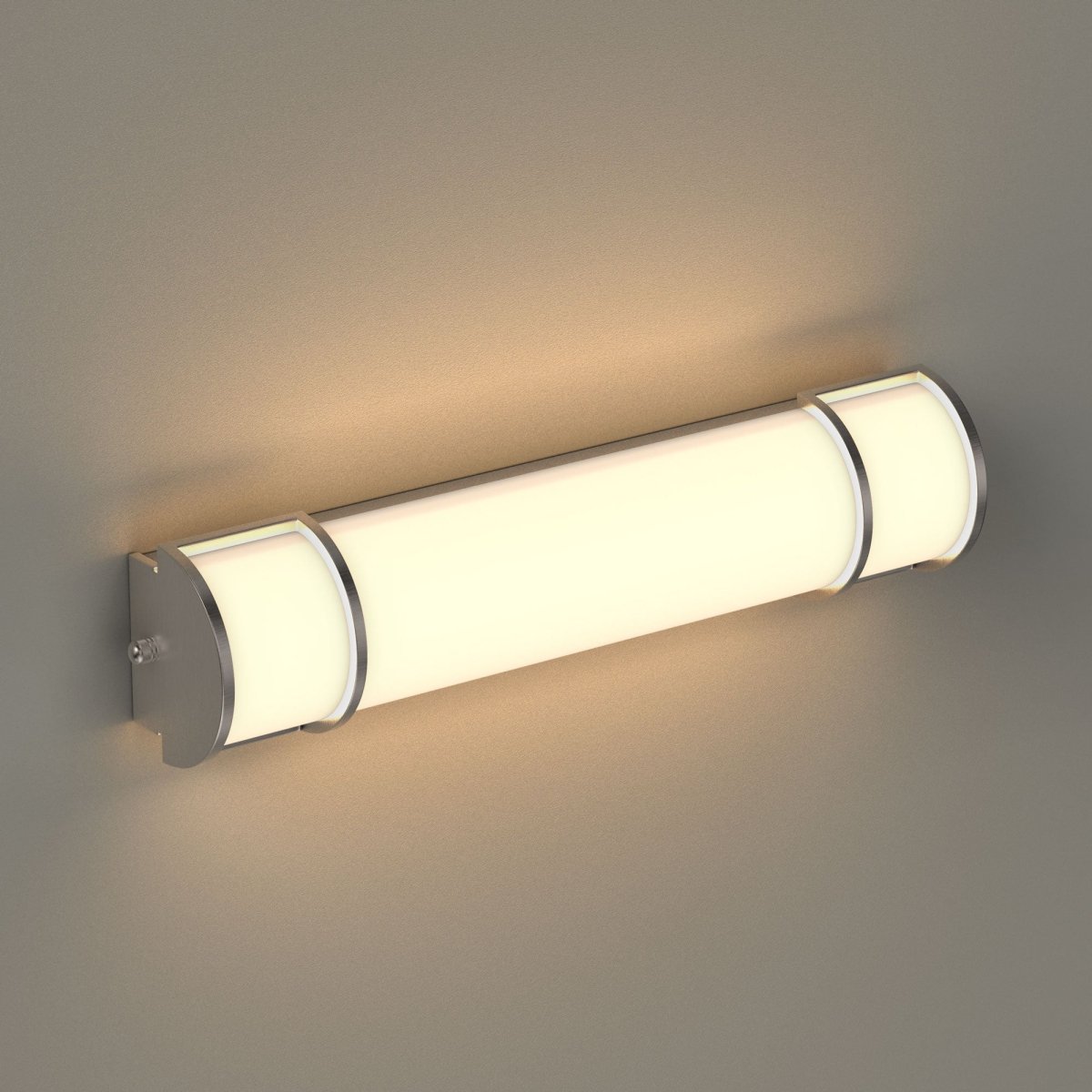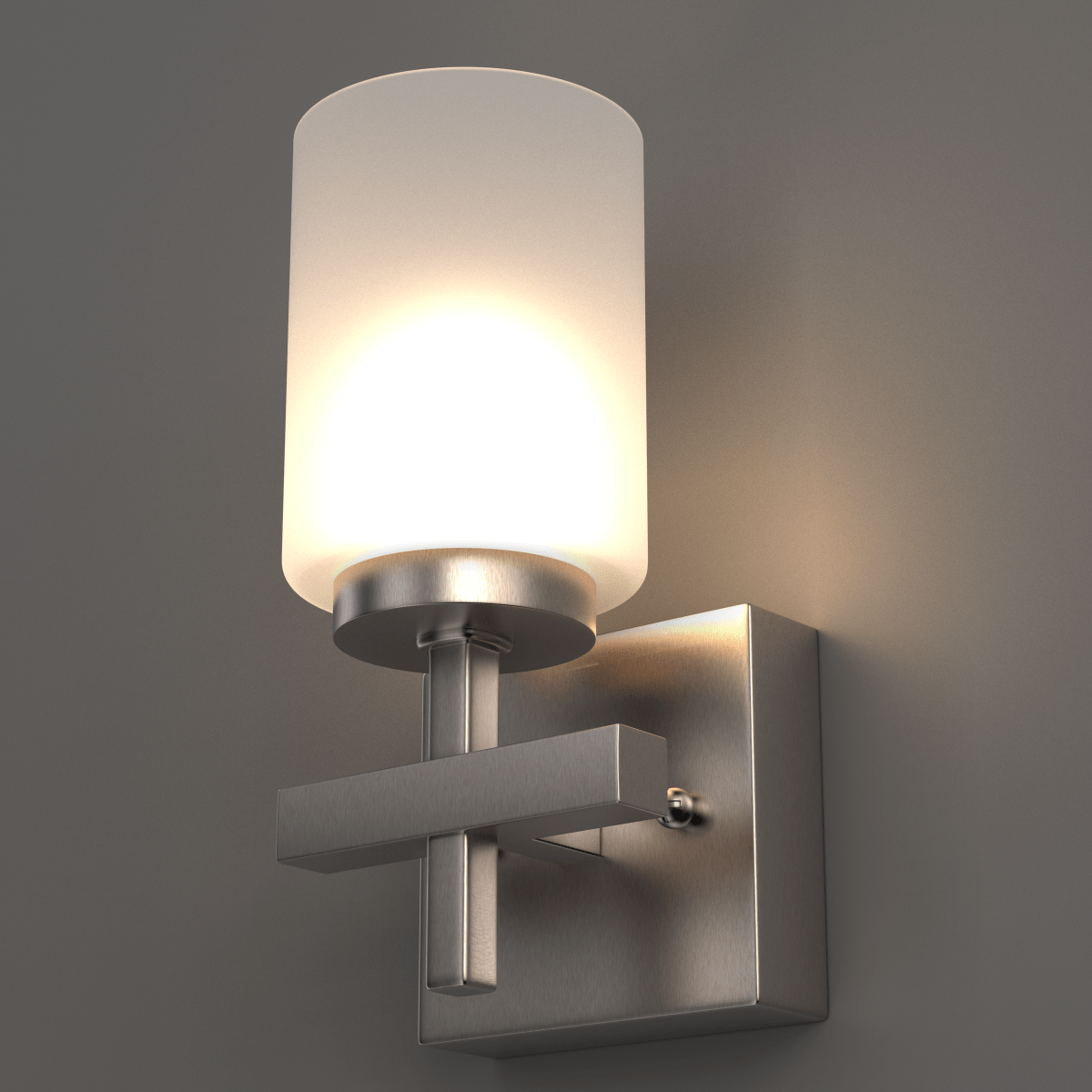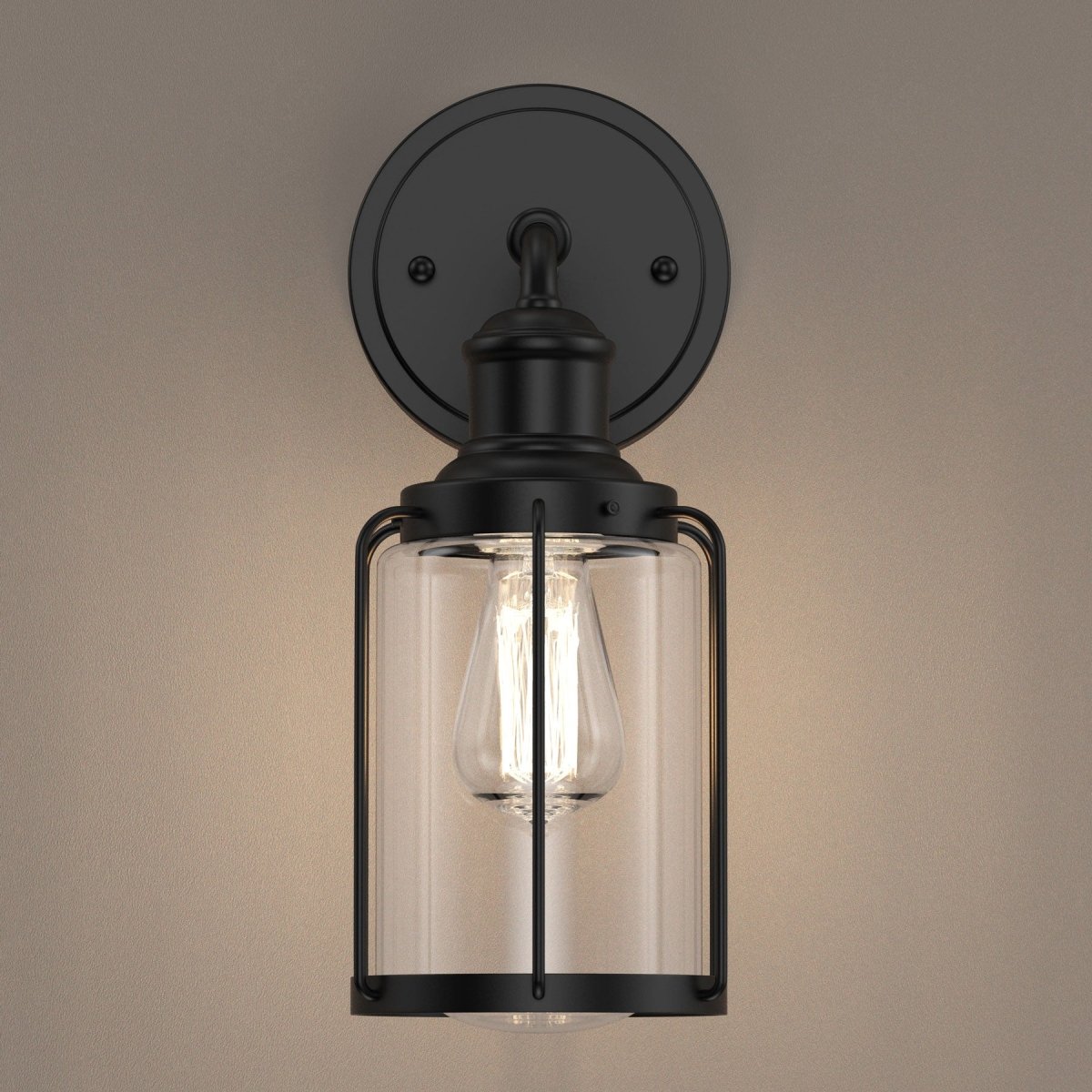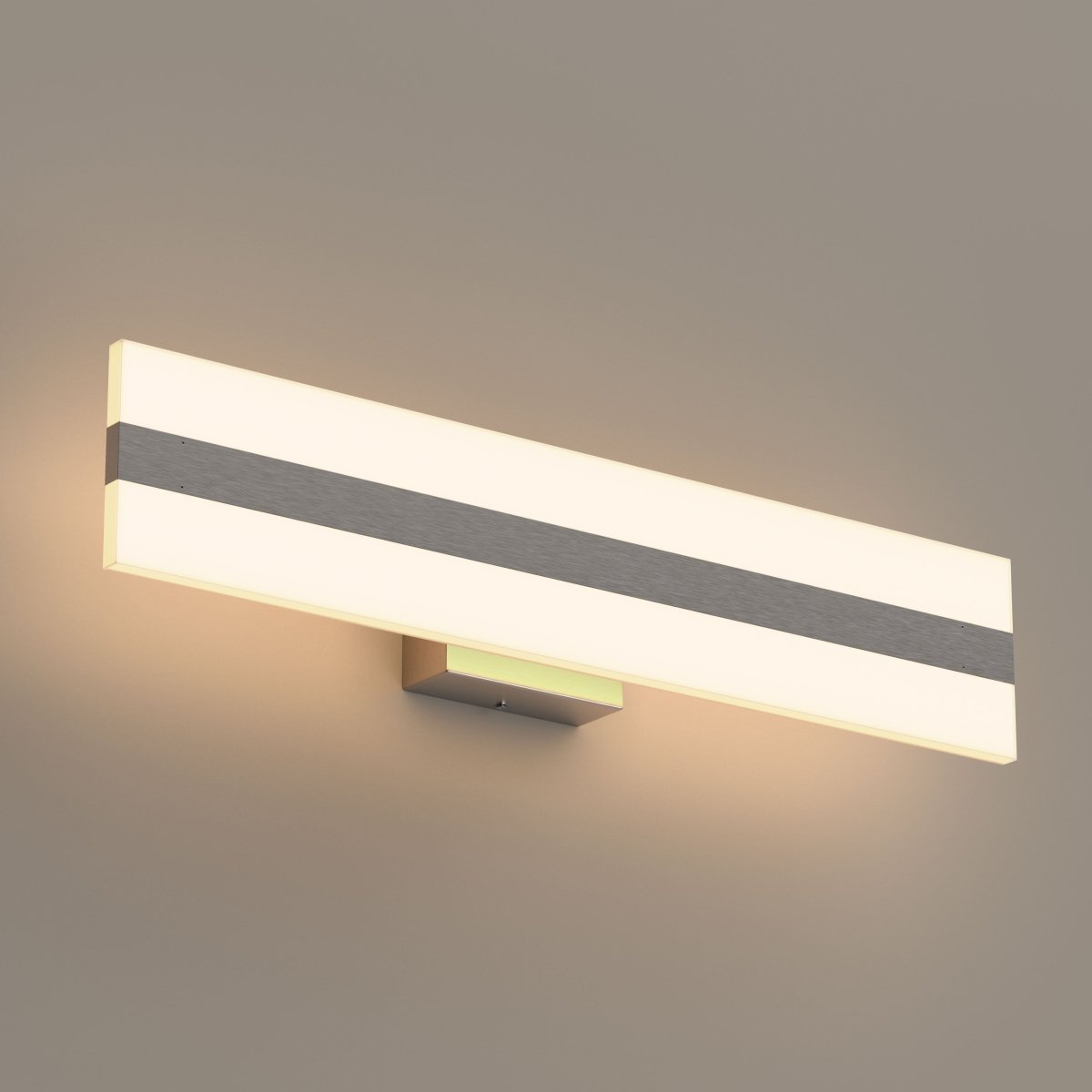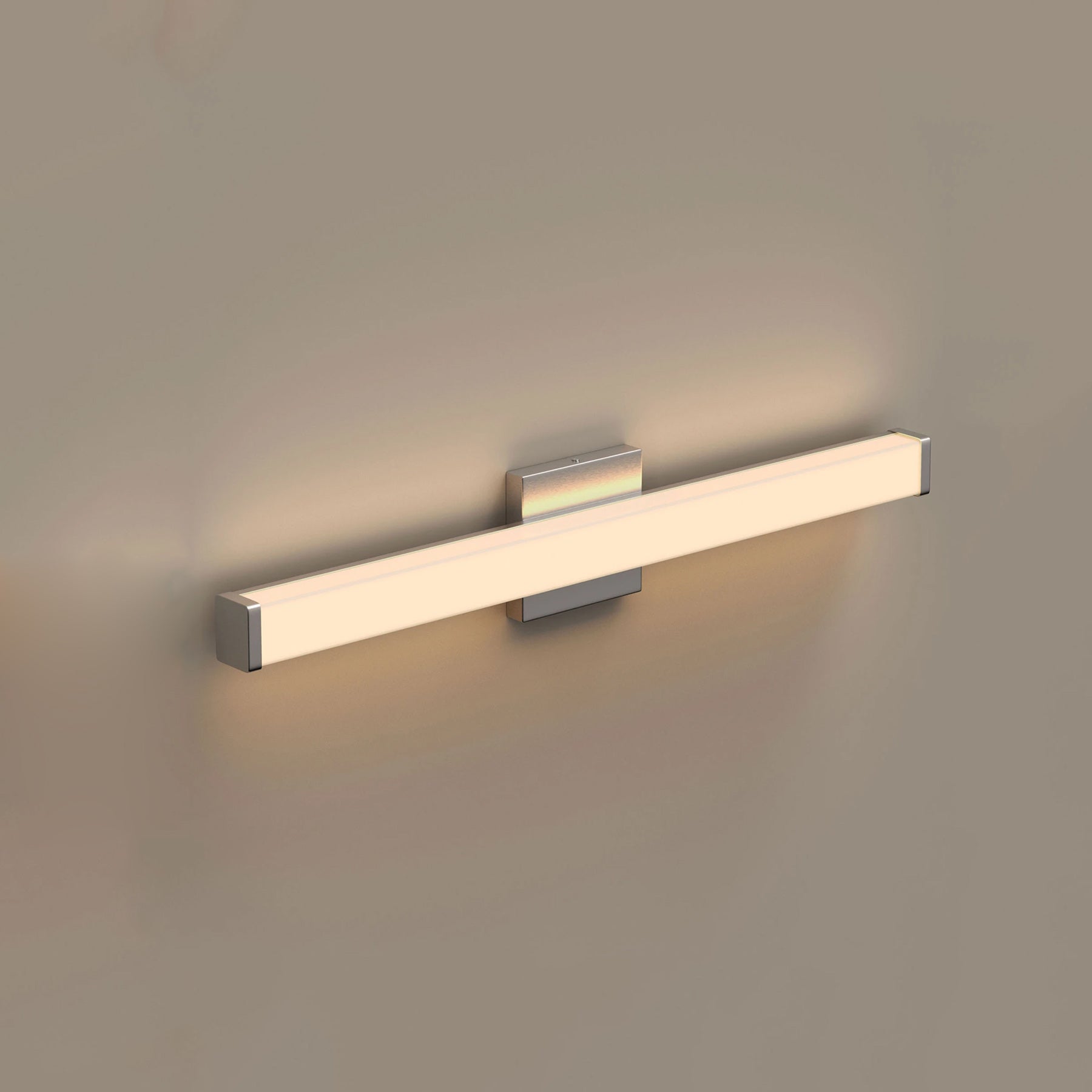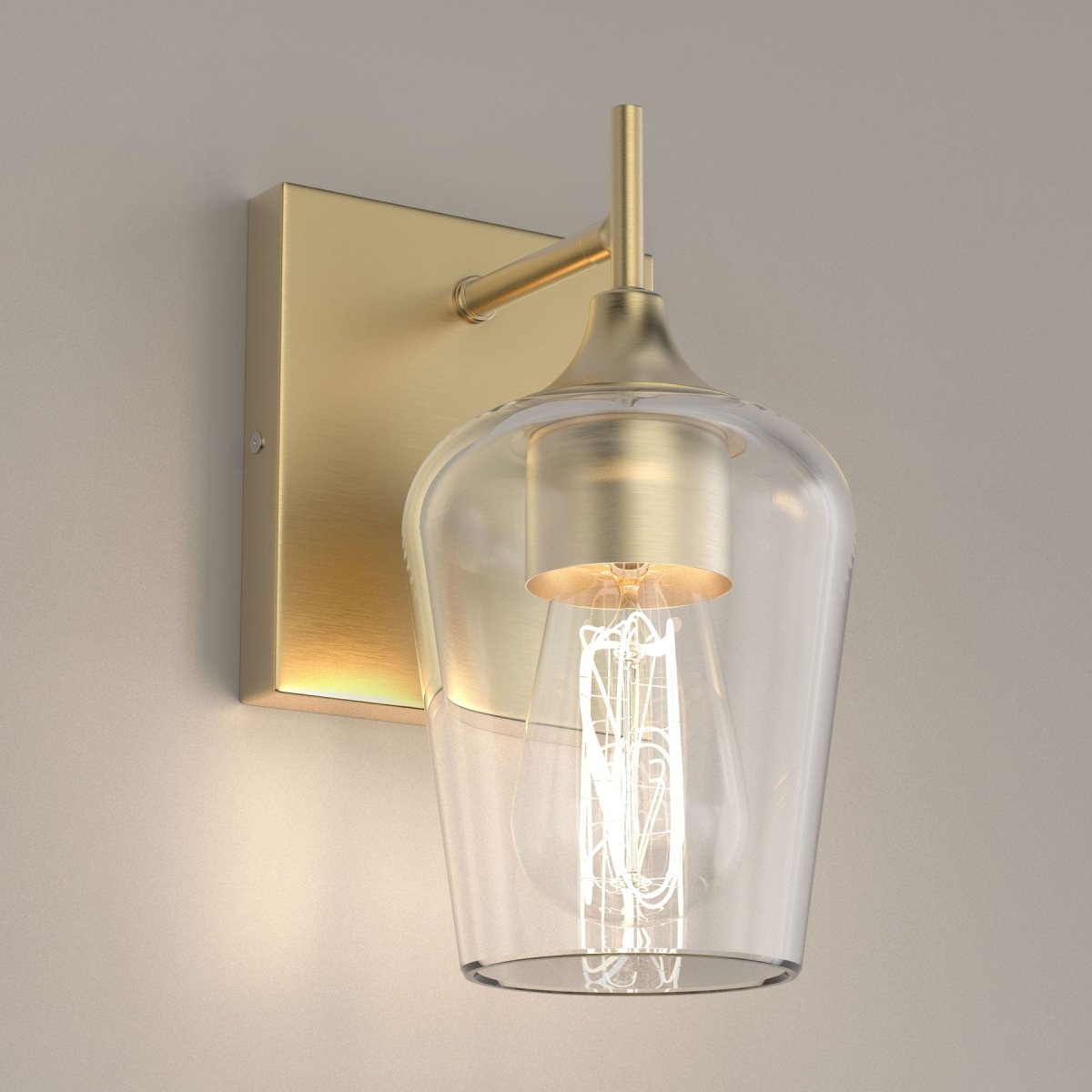Are you looking to upgrade your bathroom lighting? One important aspect to consider is the size of your bathroom vanity lights. Choosing the right size of vanity lights can greatly enhance the functionality and aesthetics of your bathroom. In this article, we will discuss how to determine the appropriate bathroom vanity light sizes to achieve the perfect illumination for your bathroom space.
Understanding the Importance of Bathroom Vanity Lights
Bathroom vanity lights play a crucial role in providing adequate lighting for grooming tasks, such as applying makeup, shaving, and brushing teeth. Properly sized and positioned vanity lights can eliminate shadows and ensure even illumination across the face, preventing any unwanted surprises when you step out of your bathroom. Additionally, bathroom vanity lights also contribute to the overall aesthetic appeal of your bathroom, enhancing the ambiance and creating a visually appealing space.
Factors to Consider for Bathroom Vanity Light Sizes
Before diving into the process of determining the right size of bathroom vanity lights, it's important to consider several factors that can influence your decision. Let's take a closer look at these factors:
Size of the Bathroom Vanity
The size of your bathroom vanity is a crucial factor in determining the appropriate size of vanity lights. A general rule of thumb is to choose vanity lights that are at least 75% of the width of the vanity or wider. This ensures that the lights are proportionate to the vanity and provide adequate illumination on the mirror and the surrounding area.
Height of the Ceiling
The height of your bathroom ceiling is another important consideration when selecting the right size of vanity lights. For higher ceilings, taller vanity lights may be needed to provide proper illumination without casting shadows. On the other hand, for lower ceilings, shorter vanity lights may be more appropriate to prevent the lights from overwhelming the space.
Style and Design of the Bathroom Vanity
The style and design of your bathroom vanity should also be taken into account when determining the size of vanity lights. If you have a larger and more ornate vanity, larger vanity lights may be needed to match the scale and style of the vanity. On the other hand, for a smaller and simpler vanity, smaller vanity lights may be more suitable.
Lighting Needs and Preferences
Your lighting needs and preferences should also be considered when choosing the right size of bathroom vanity lights. If you require bright and focused illumination for detailed grooming tasks, larger vanity lights with brighter bulbs may be necessary. However, if you prefer a softer and more ambient lighting, smaller vanity lights with dimmable bulbs may be more appropriate.
How to Measure and Determine the Right Size of Bathroom Vanity Lights
Now that we have discussed the factors to consider, let's dive into the process of measuring and determining the right size of bathroom vanity lights for your space. Follow these steps:
Measuring the Bathroom Vanity Width
Start by measuring the width of your bathroom vanity from edge to edge. This will give you the total width that your vanity lights should span. As a general guideline, vanity lights should be at least 75% of the width of the vanity or wider to ensure adequate illumination. For example, if your vanity is 36 inches wide, your vanity lights should be at least 27 inches wide.
Calculating the Height of the Vanity Lights
The height of the vanity lights is determined by the height of your bathroom ceiling and the height of the vanity. For standard height ceilings (8 to 9 feet), a common recommendation is to mount the vanity lights about 75 to 80 inches above the floor, measuring from the bottom of the vanity light fixture to the floor. This ensures that the lights are positioned at eye level and provide even illumination across the face. However, for higher ceilings, taller vanity lights may be needed to maintain proper proportions and prevent shadows.
Selecting the Right Style and Design
The style and design of your bathroom vanity lights can greatly impact the overall aesthetics of your bathroom. Consider the style and design of your bathroom vanity and choose vanity lights that complement it. For example, if you have a modern and sleek vanity, you may opt for vanity lights with clean lines and a minimalist design. On the other hand, if you have a traditional or vintage vanity, vanity lights with ornate details and a classic design may be more suitable.
Considering the Type of Bulbs for LED Bathroom Lights
When it comes to bathroom vanity lights, LED bulbs are a popular choice due to their energy efficiency and longevity. When selecting the right size of vanity lights, also consider the type of bulbs that you will be using. LED bulbs come in different sizes and shapes, and the size of the bulbs can affect the overall size and design of the vanity lights. Make sure that the vanity lights you choose can accommodate the size and type of bulbs you plan to use.
Tips for Installing Bathroom Vanity Lights
Once you have determined the appropriate size of bathroom vanity lights, proper installation is key to achieving the desired illumination. Here are some tips to consider when installing vanity lights:
Proper Placement of Vanity Lights
The placement of vanity lights is crucial for achieving even and shadow-free illumination. The lights should be evenly spaced on either side of the mirror, at approximately eye level. Avoid placing the lights above the mirror, as this can cast unflattering shadows on the face. If space permits, consider installing additional vanity lights above the mirror or on the ceiling for overall ambient lighting.
Wiring and Electrical Considerations
Ensure that the wiring and electrical components for your vanity lights are properly installed and meet the electrical codes in your area. If you are not experienced with electrical work, it's best to hire a qualified electrician to ensure safe and proper installation. Consider the location of electrical outlets and switches when determining the placement of vanity lights, and plan accordingly to avoid any wiring obstacles.
Ensuring Adequate Illumination
The purpose of bathroom vanity lights is to provide adequate illumination for grooming tasks. Make sure that the selected vanity lights provide enough light without casting harsh shadows or creating glare. Consider the color temperature of the bulbs, as warmer tones can create a more flattering and inviting ambiance, while cooler tones can create a brighter and more vibrant atmosphere. Dimmable LED bulbs are a great option as they allow you to adjust the brightness according to your preference and task requirements.
Proper Mounting and Stability
When installing bathroom vanity lights, it's important to ensure that they are securely mounted and stable. Use appropriate brackets and fixtures to ensure that the lights are properly attached to the wall or ceiling. Check for any wobbling or tilting after installation and make necessary adjustments to ensure stability.
Regular Maintenance and Cleaning
To maintain the performance and longevity of your bathroom vanity lights, regular maintenance and cleaning are essential. Clean the light fixtures and bulbs regularly to remove dust, dirt, and grime that can accumulate over time and affect the brightness and appearance of the lights. Replace any burnt-out bulbs promptly to ensure consistent illumination.
Conclusion
Choosing the right size of bathroom vanity lights is crucial for achieving proper illumination and enhancing the aesthetics of your bathroom. Consider the width and height of your vanity, the style and design of your bathroom, the type of bulbs, and the installation tips mentioned in this article to make an informed decision. By taking these factors into consideration and following proper installation guidelines, you can create a well-lit and visually appealing bathroom space.
FAQs (Frequently Asked Questions)
-
What are the common types of bulbs used in bathroom vanity lights? LED bulbs are a popular choice for bathroom vanity lights due to their energy efficiency and longevity.
-
Can I install bathroom vanity lights above the mirror? It's not recommended to install vanity lights above the mirror as it can create unflattering shadows on the face. It's best to install them on either side of the mirror, at approximately eye level.
-
How do I determine the appropriate height for bathroom vanity lights? For standard height ceilings (8 to 9 feet), a common recommendation is to mount the vanity lights about 75 to 80 inches above the floor, measuring from the bottom of the vanity light fixture to the floor.
-
Can I use dimmable bulbs with bathroom vanity lights? Yes, dimmable LED bulbs are a great option as they allow you to adjust the brightness according to your preference and task requirements.
-
How often should I clean and maintain my bathroom vanity lights? Regular cleaning and maintenance are essential for optimal performance. Clean the light fixtures and bulbs regularly to remove dust, dirt, and grime, and replace any burnt-out bulbs promptly.















































































